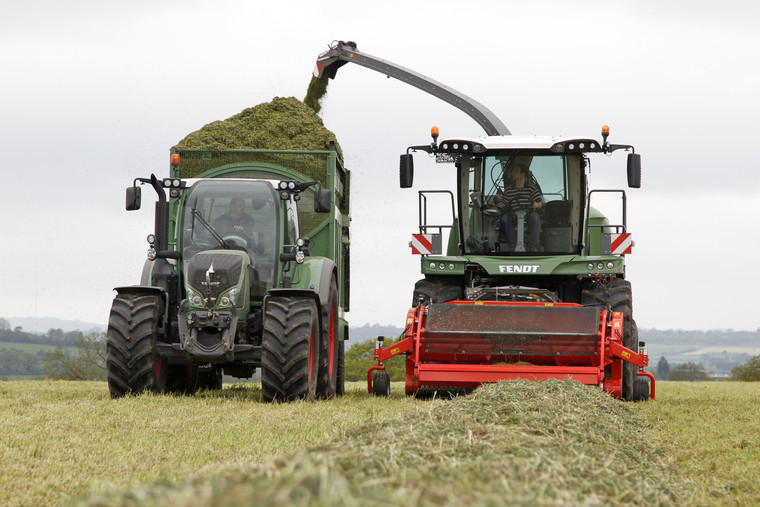According to Lientjie Colahan, technical sales support at Lallemand Animal Nutrition, this year’s silage could present a challenge for the rumen due to the variable spring weather playing havoc with usual cutting practice.
“It has been a tale of two halves this year. Some were able to get their first cuts harvested very early and others had to wait much later than usual.
“As a result, we are faced with two likely scenarios. Farmers will have either early-cut ‘rocket fuel’ silages that are highly digestible and could impact rumen pH, or high NDF silages that were cut late and are not as digestible as you’d want them to be,” she says.
Where first-cut was later, silages will have a higher lignin content.
“Plant fibre is made up of cellulose and hemicellulose – both of which can be digested by ruminants – and a third component, lignin, which cannot. As grass leys age the lignin content increases, lowering overall fibre quality and digestibility. So, for those who took cuts later than planned, this could be an issue,” says Mrs Colahan.
She explains for farms who cut early and made high quality, high ME but low NDF silage, the problem will be the opposite.
“These highly digestible silages will move through the rumen quickly and could increase the acidosis risk by challenging the stability of rumen pH.”
In either scenario, Mrs Colahan says it will be important to analyse forage regularly and balance diets accordingly to maintain cow health and performance.
“For example, highly digestible silages could be balanced with a cereal whole-crop that has a high straw content. This will slow down the passage rate through the rumen and maximise digestion of the rations fibre component,” she says.
“Or if your forage is very stemmy and high in NDF, making sure the chop length of the total mixed ration (TMR) is as short as possible will help decrease the particle size of the feed. This helps the microbes break down the fibre more easily and will maintain good dry matter intake of the ration.”
Mrs Colahan also recommends the inclusion of a rumen specific live yeast, which she explains will prove beneficial in both situations.
“The function of a live yeast is to help the good microbes outcompete the bad microbes, and therefore establish a more favourable balance within the rumen.
“When it comes to high NDF silages, specific live yeast has a positive impact on the rumen fungi that work to break open the outer layer of the fibre particles. This allows the rumen bacteria to then break down the fibre further, making it more digestible and improving its utilisation by the cow.
“On the other hand, in a situation where acid load may be increased as a result of highly digestible forages, a live yeast promotes the bacteria that utilise lactic acid as a food source as-well as competing directly with the lactic acid producing bacteria for their food source. This regulates the rumen pH by reducing the amount of lactic acid present.”
Mrs Colahan concludes by saying regardless of the type of silage you have to work with, close attention to detail during feed-out will help you get the most out of the available forage and support productivity.




